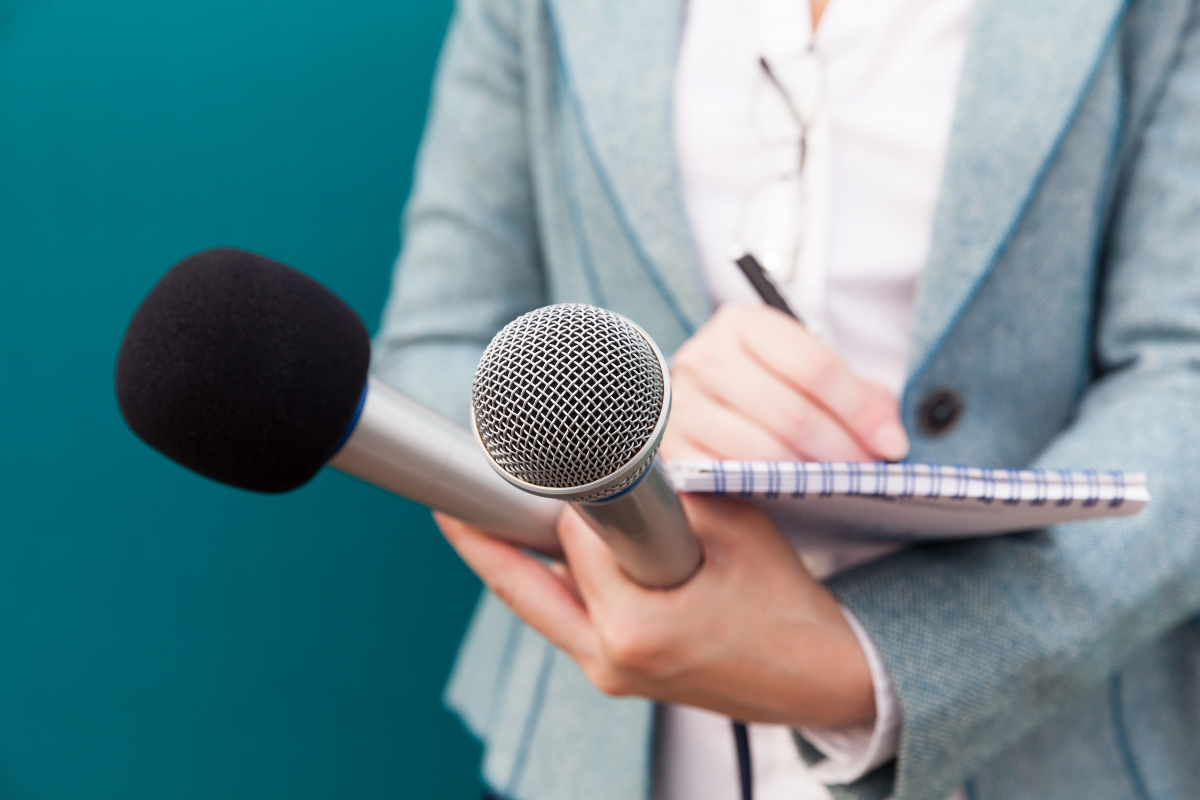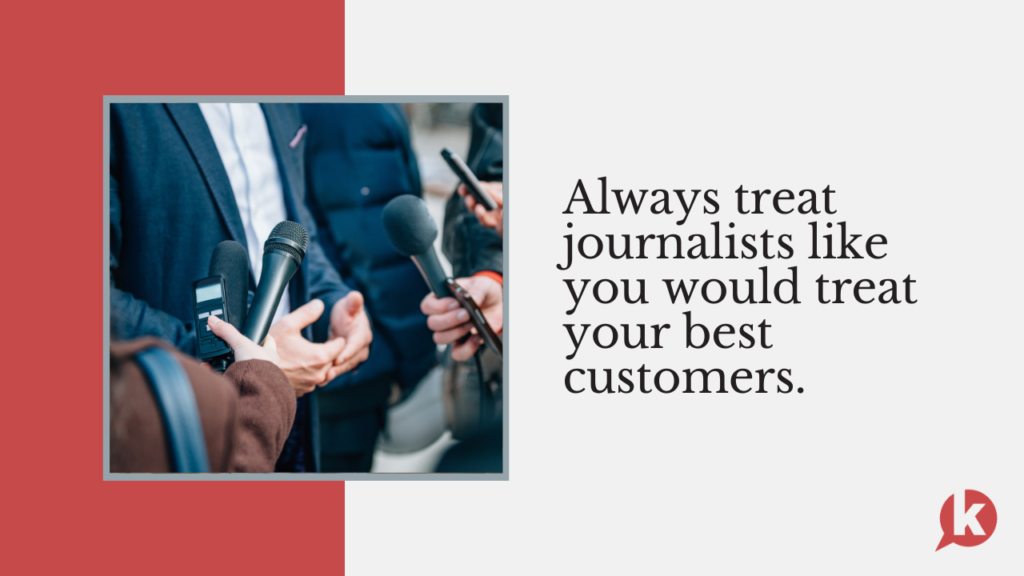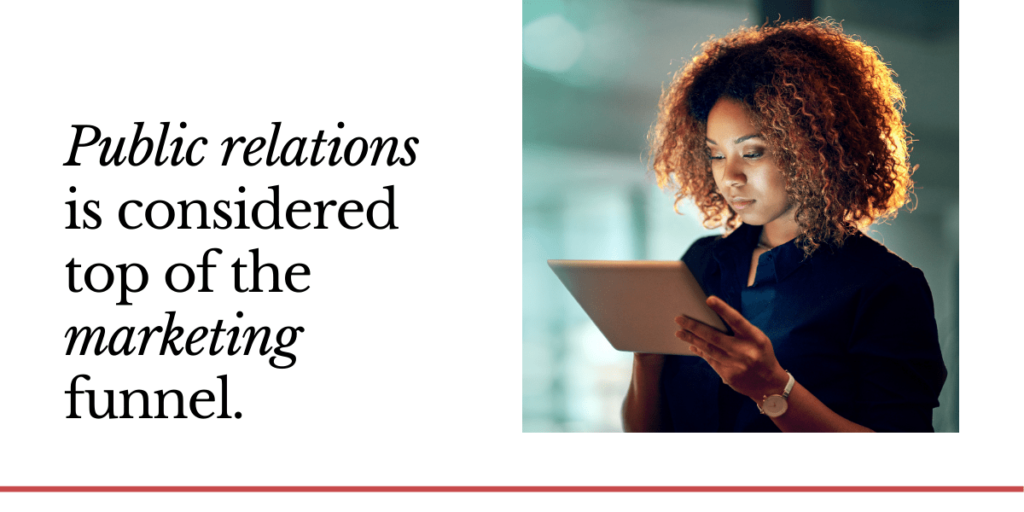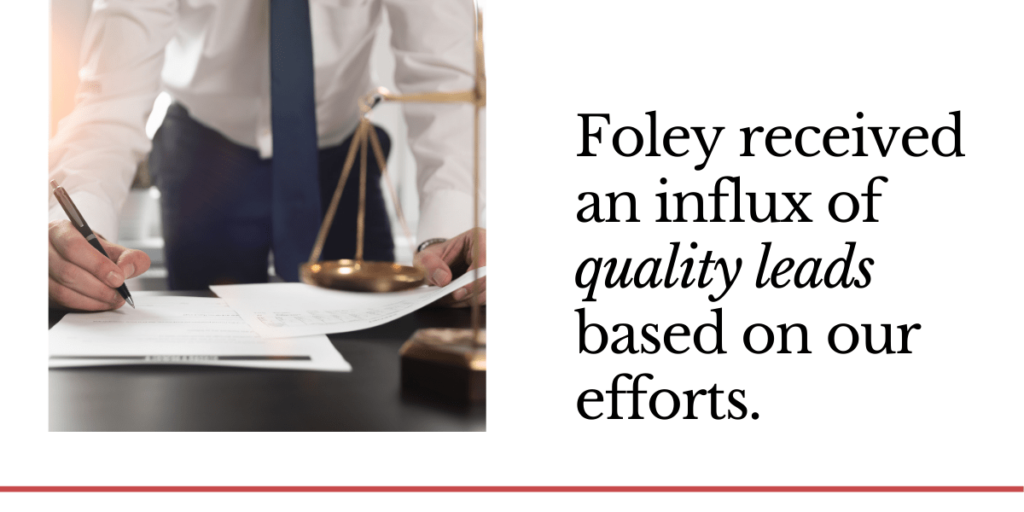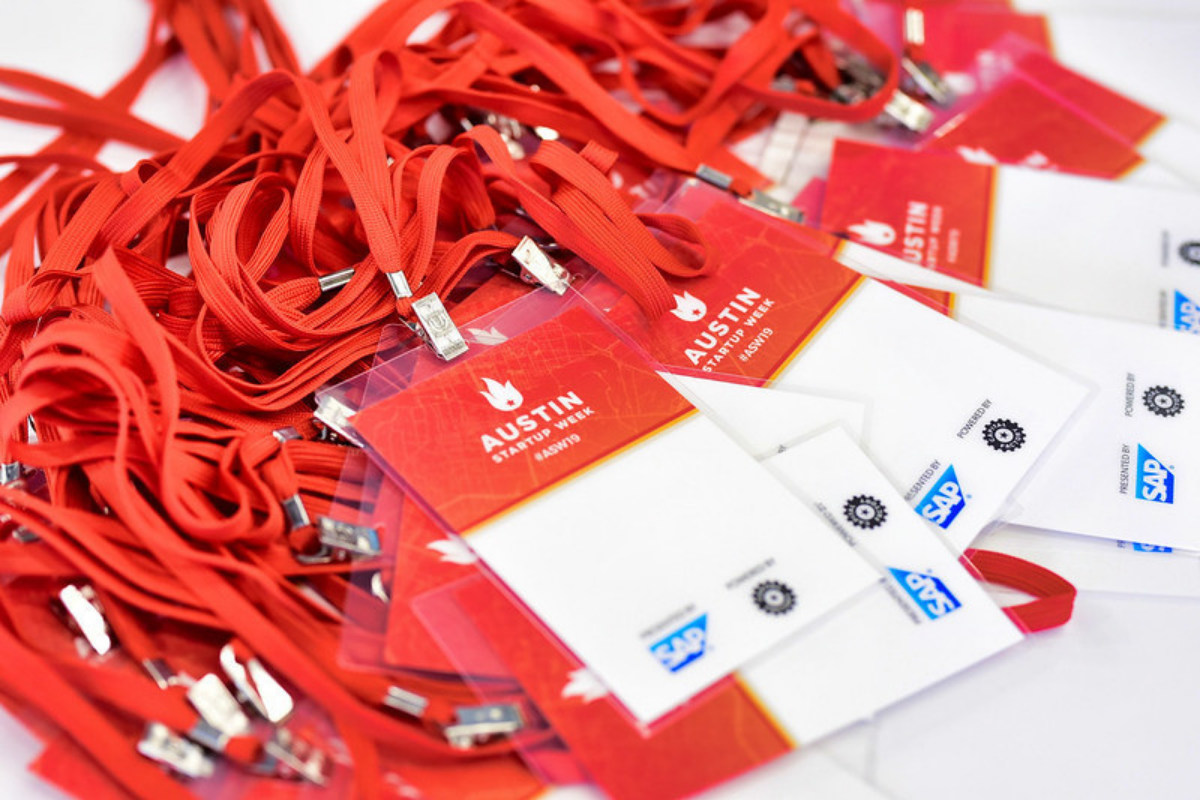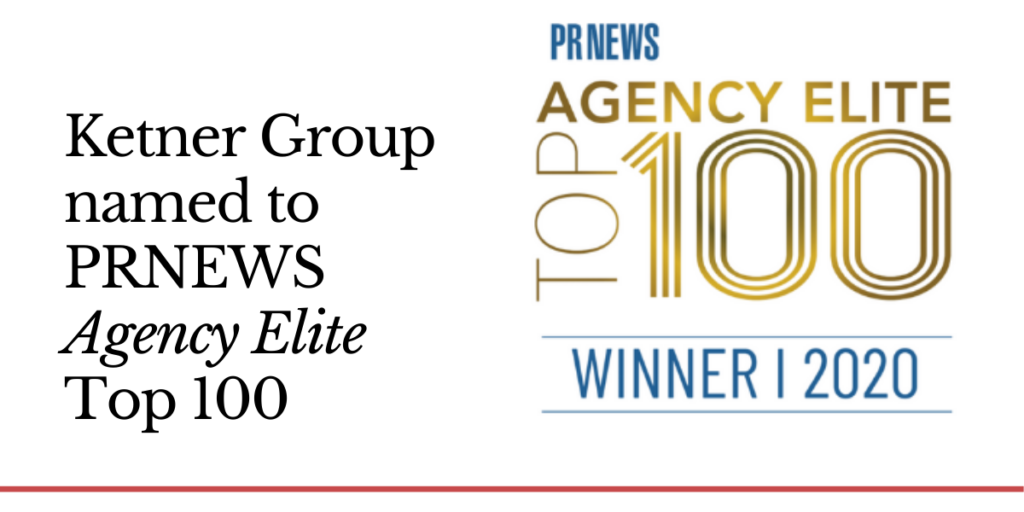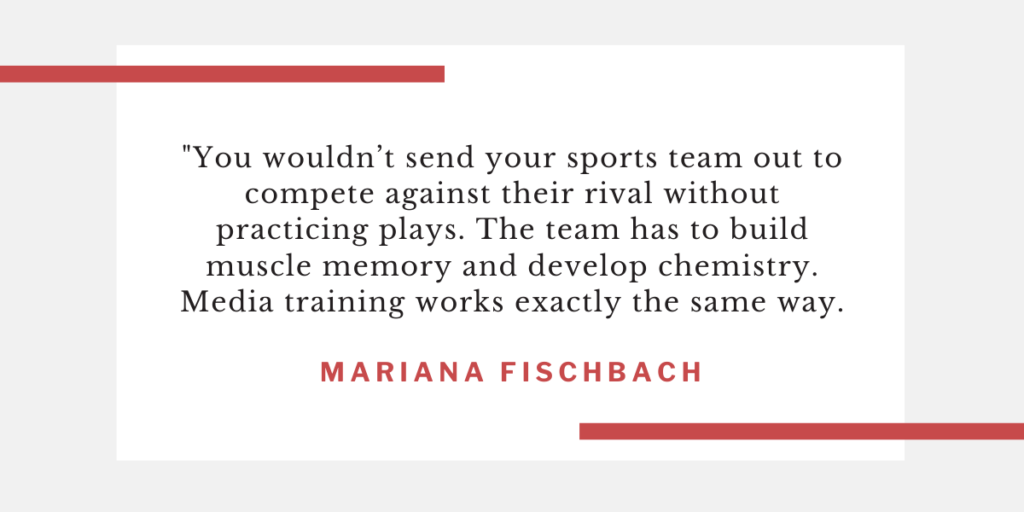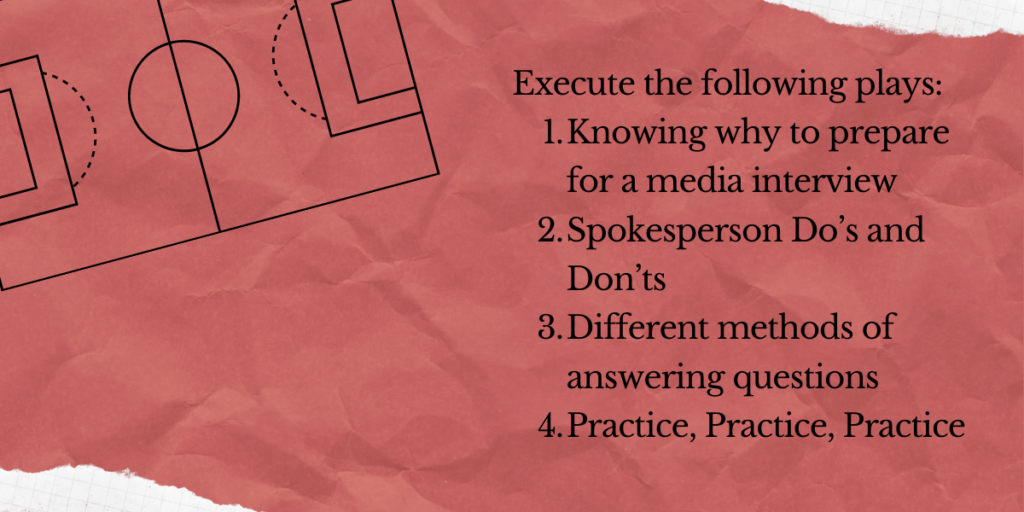I recently had the honor of being listed under Qwoted 100’s Best of The Best in Public Relations, a quarterly ranking which recognizes PR professionals with the highest pitching response rates from journalists on the platform.
Qwoted created this ranking after taking into consideration key factors such as the rate of responses from journalists, the speed of replies from reporters, as well as positive interactions between the journalist and PR professional.
Receiving this ranking got me thinking about how the nature of the pitch has evolved over the past two years. In some ways, the core of the pitch has remained the same, in other ways, the nature of the media pitch has drastically changed.
To continue to succeed in today’s media landscape, we’ve put together key tips for media pitching in 2022.

1. Do your research
Take a second to reflect on how you feel when you receive a cold call from a telemarketer prompting you to buy something that is completely irrelevant to you. This is the same feeling journalists get when they receive a “cold” email from a new PR contact and the subject is completely irrelevant to their beat.
As a PR professional, you not only risk immediately being deleted from the reporter’s inbox, but you also risk being ignored by the journalist moving forward.
The first step to landing the pitch involves research. It’s important to look into the reporter’s background, recent articles and social media feeds to understand what they are reporting on. This part of the media pitching process is critical as it will help you identify the best media contacts that will respond to your pitch.
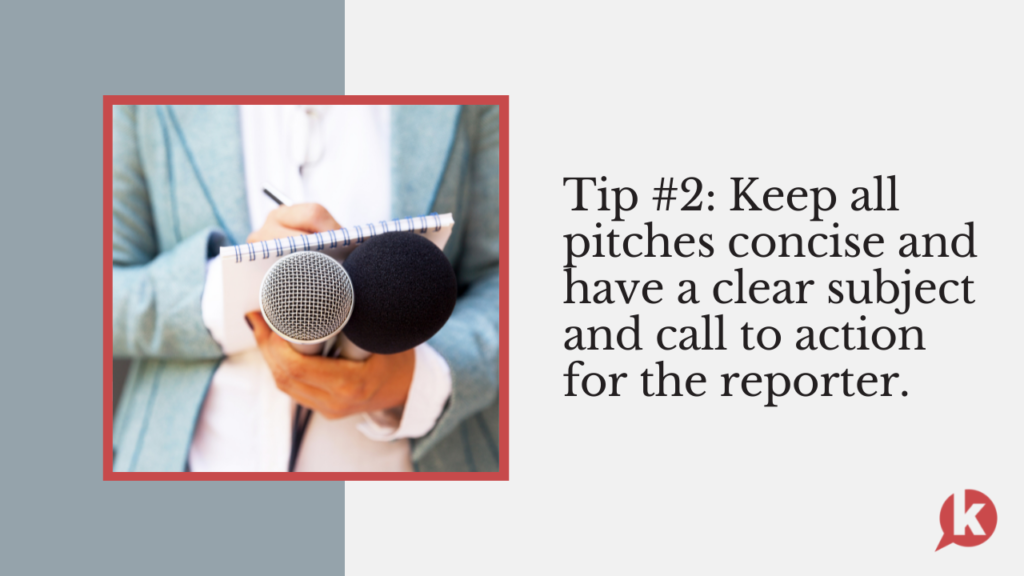
2. Keep the pitch concise
According to Muck Rack, some journalists can receive upwards of 300 emails a day, forcing a majority of them to just scan the subject of the email or the call to action to decide whether to delete it or reply to it. This gives PR professionals 30 seconds tops to be considered as a viable source.
Therefore, it’s important to keep all pitches concise—250 words or less—and have a clear subject and call to action for the reporter. Consider eliminating any “fluff” words within the pitch to get to the point of your request in a timely manner.
If you would like to offer an interview to the journalist or let them know they can use the information within the pitch for their upcoming story, make sure you explicitly say so within the pitch.
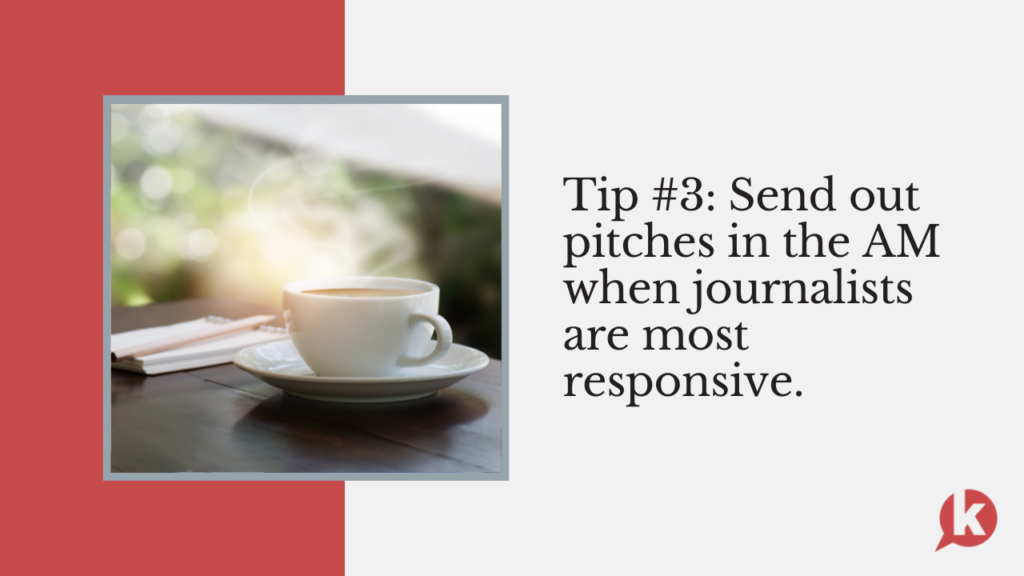
3. Remember: timing is everything
Traditionally, journalists have typically been more responsive to pitches during the first part of the day. PR professionals should work to send out proactive pitches and pitches discussing evergreen stories or features in the AM.
However, if there is a breaking story during the middle of the day that is relevant for your client and a particular media contact, it is critical to quickly pitch that select media contact with relevant information as close as possible to the time that the news broke.
Keep in mind that the pitch should include information that adds value to the reporter’s story. For example, if you have unique data that is pertinent to the story include it within the pitch!

4. Make the connection
As you get in contact with journalists and begin coordinating next steps for a potential story, it is the PR professional’s responsibility to create an ongoing conversation and connection with the reporter.
Whether you are pitching the reporter via a platform such as Qwoted or HARO, or using email or Twitter, you must ensure the entire process is as flawless as possible. Make sure you provide as much information to the journalist as possible. Reduce ambiguity and establish a trust between yourself and the journalist.
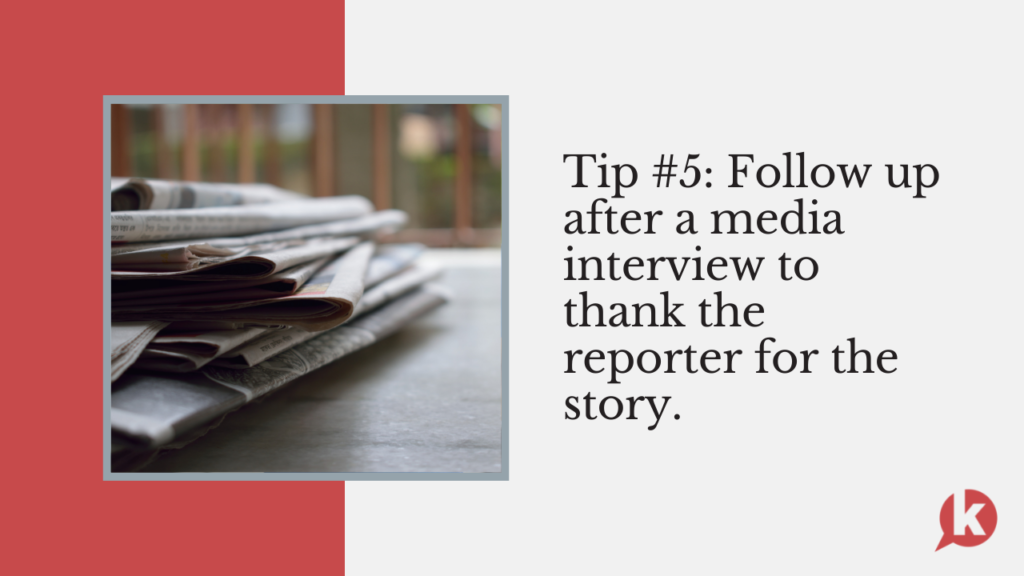
5. Always follow up
Once the reporter has taken the media interview with your source or received the materials they need for the story, be sure to follow up with the reporter to thank them for the story and stay in close contact for any upcoming opportunities.
I know this last step can sound trivial. However, following up can make all the difference in keeping you top of mind for any future needs the reporter may have.
Landing the pitch in 2022
A lot has changed during the past two years, especially in the media relations world.
While reporters may be more spread out than ever before, and working in a new hybrid environment like the rest of us, the media pitch is still one of the main methods for communicating with journalists and landing the story for your clients. Therefore, it is crucial that PR pros perfect the art of the pitch in order to accrue results.

